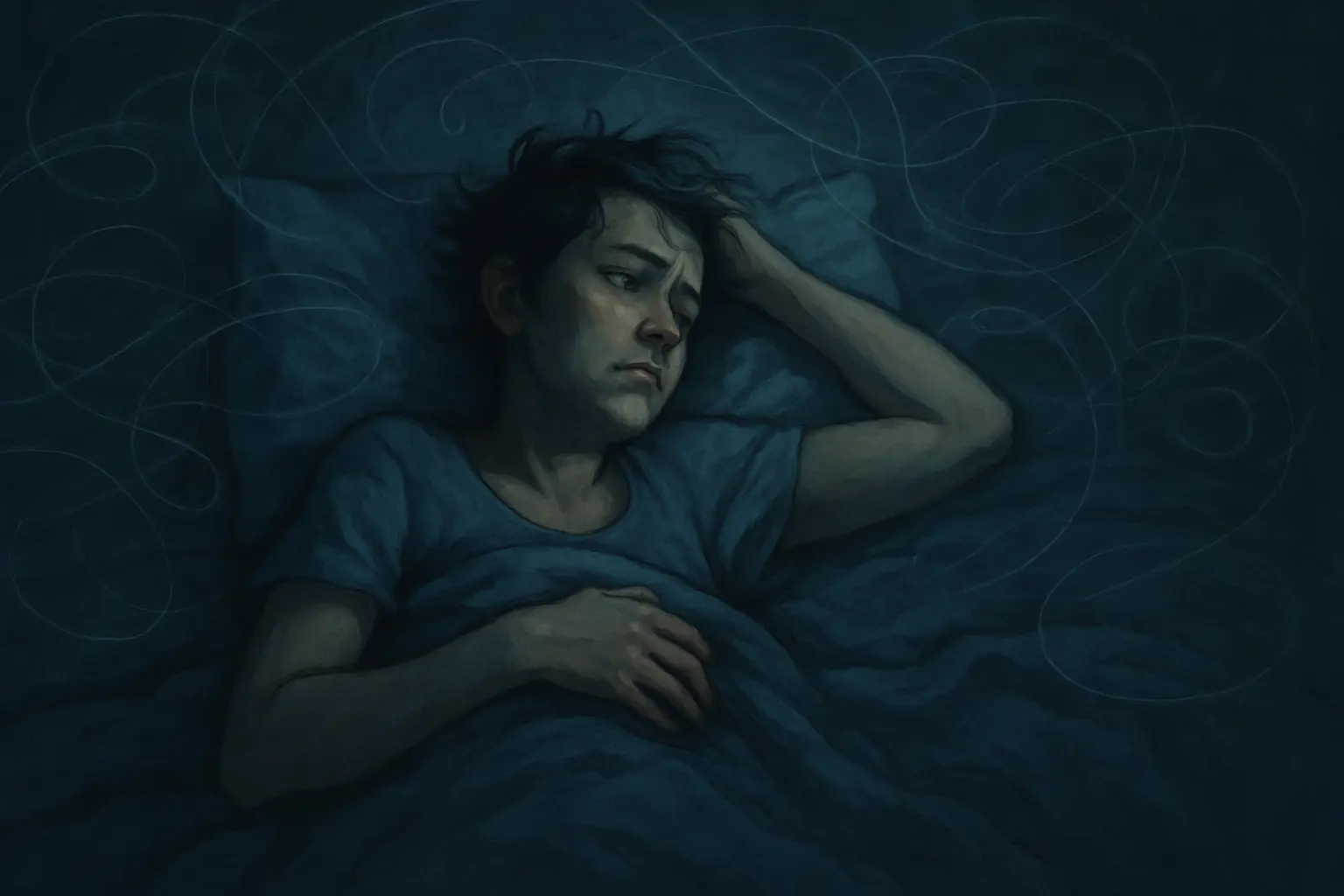Sleep Apnea: Signs, Risks, and Treatment Options
Sleep apnea is a serious sleep disorder where breathing repeatedly stops and starts during sleep. While snoring is a common symptom, not everyone who snores has sleep apnea. Understanding the condition is crucial for preventing long-term health consequences.
Common Signs of Sleep Apnea
- Loud, chronic snoring: Often more noticeable to a partner than the individual
- Pauses in breathing: Usually followed by choking or gasping during sleep
- Excessive daytime sleepiness: Even after a full night’s sleep
- Morning headaches: Caused by oxygen deprivation
- Difficulty concentrating and memory issues
Types of Sleep Apnea
- Obstructive Sleep Apnea (OSA) – Most common, caused by throat muscles relaxing and blocking the airway
- Central Sleep Apnea (CSA) – Brain fails to send proper signals to breathing muscles
- Complex Sleep Apnea – A combination of OSA and CSA
Health Risks Linked to Untreated Sleep Apnea
- Cardiovascular disease: Increased risk of heart attack, stroke, and hypertension
- Metabolic issues: Higher likelihood of obesity and type 2 diabetes
- Mental health concerns: Anxiety, depression, and impaired cognitive function
- Daytime fatigue: Leads to accidents, lower productivity, and poor quality of life
Real-Life Example: Linda’s Experience
Linda, a 45-year-old accountant, had a history of loud snoring and daytime fatigue. She often woke up feeling unrefreshed, struggling to focus at work. After consulting a sleep specialist, she underwent a sleep study and was diagnosed with moderate obstructive sleep apnea.
By using a CPAP machine, maintaining a healthy weight, and avoiding alcohol before bed, Linda’s oxygen levels stabilized during sleep. Within weeks, she felt more alert, and her mood and energy improved significantly.
Treatment Options
Lifestyle Changes
- Weight management: Reduces pressure on the airway
- Sleep position adjustment: Sleeping on the side prevents airway collapse
- Avoid alcohol and sedatives before bedtime: Keeps airway muscles from relaxing too much
Devices
- CPAP (Continuous Positive Airway Pressure): Keeps airway open with pressurized air
- Mandibular advancement devices: Dental devices that adjust jaw position to prevent airway blockage
Medical and Surgical Options
- Surgery: For severe anatomical issues causing airway obstruction
- ENT interventions: Treat nasal obstruction or remove tonsils/adenoids if needed
Monitoring and Apps
Even with treatment, tracking sleep quality is vital. Apps like SnailSleep can monitor snoring, oxygen levels, and sleep patterns, helping individuals and doctors track improvement over time.
Practical Tips for People Suspecting Sleep Apnea
- Keep a sleep diary to record snoring, pauses, and daytime fatigue
- Consult a sleep specialist if loud snoring or pauses in breathing occur regularly
- Maintain good sleep hygiene: Consistent bedtime, dark environment, limited blue light exposure
- Use monitoring apps or devices to track sleep progress
Related Articles
- Understanding Sleep Apnea: Signs, Risks, and Early Detection
- Sleep Apnea Treatment Options Beyond CPAP
- Sleep Apnea Surgery: When to Consider Surgical Treatment

